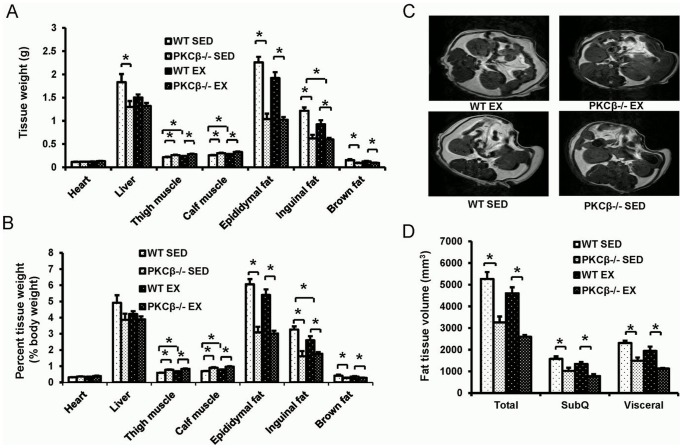Figure 3. Changes in fat and muscle tissue after exercise in WT and PKCβ-/- mice.
A, Tissue weights in WT and PKCβ-/- mice with or without exercise. Muscle (thigh and calf) weights were increased and inguinal fat weight decreased in WT mice after exercise but not in PKCβ-/- mice. PKCβ-/- mice had higher muscle weight and lower fat weight compared to WT mice. B, Percent tissue weight over body weight in WT and PKCβ-/- mice with or without exercise. Exercise increased muscle percentage and decreased percentage of inguinal fat weight in WT mice but not in PKCβ-/- mice. PKCβ-/- mice had higher muscle weight and lower fat weight compared to WT mice with the same intervention. C, Representative images of magnetic resonance imaging (MRI) of abdominal cavity. D, Quantitative analysis of fat volume as determined by MRI. PKCβ-/- mice had significantly lower fat volumes of total, subcutaneous (SubQ), and visceral fats than WT mice and exercise did not significantly change it compared to sedentary (SED) intervention. WT, wild-type; EX, exercise; SED, sedentary; Data are shown as mean ± SEM; N = 8, *, P<0.05.

